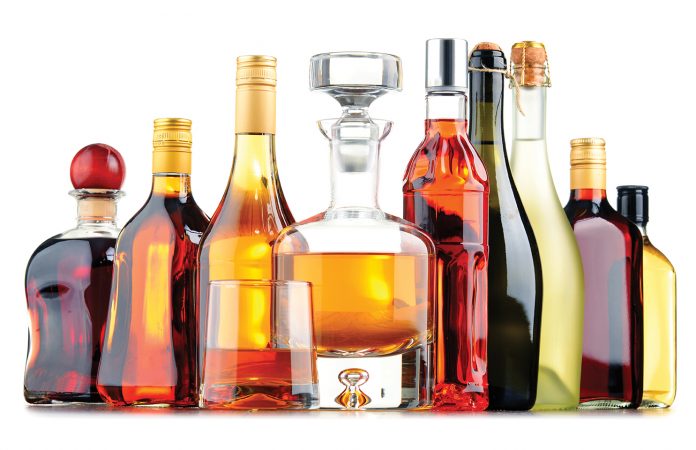
Distillers in Texas continue to experience rapid growth, as evidenced by a recently released study by The University of Texas at San Antonio Institute for Economic Development, highlighting the economic impact on the state. For example, in 2008, only six distilleries reported production in Texas. By 2017, that number had risen to 127 establishments. As of October of last year, 162 distillers operated here. From 2000 to 2017, the industry grew at a 37% annual rate, far above the 4.1% average for Texas businesses. Exports from Texas distilleries grew from $142.5 million in 2000 to $375.5 million in 2017, nearly a 15% year over year increase.
Despite some success, on-premise sales restrictions still represent perhaps the greatest barrier to higher growth rates for the industry. Consumers that visit tasting rooms are limited to two bottles per person every 30 days. Individual distillers must cap on-site sales at 3,500 proof gallons per year — a short fuse for many companies. Liberalizing such sales restrictions would give an even greater boost to an increasingly vibrant industry.
Although most craft distillers in Texas remain relatively small to-date, one case study demonstrates the significant upside potential. Now a household name, Tito’s vodka would certainly constitute the poster child for this emerging industry. Beginning in Austin in 1995, Tito’s almost single-handedly charted the then nascent craft spirits industry. Built largely upon word of mouth marketing, Tito’s now ranks as the number one distilled spirit in the United States, outselling Smirnoff, Jack Daniel’s, Fireball and Crown Royal. According to Forbes magazine, the company is worth an estimated $2.5 billion.
A key element of the craft spirits industry is the upstream supply chain impact on the agriculture sector. Raw materials often sourced from Texas farms include a wide variety of agricultural products such as corn, rye, oats, sorghum, wheat, barley, millet, triticale, jalapeño peppers, prickly pear, grapefruit, oranges, apples, lemons, limes, grapes, black-eyed peas, peaches, pears, pecans, juniper berries and potatoes. The elaborate process of producing distilled spirits generally includes prepping, mashing, fermenting, distilling, aging and blending.
Interestingly, a growing trend with craft distillers in Texas constitutes the use of agave for alcohol production, traditionally labeled as tequila. The well-known trademarked tequila brand restricts production to Jalisco and a few municipalities in other states in Mexico. However, Texas distillers have begun to produce agave spirits labeled as such, as well as a category known as Sotol.
These and other trends surrounding the distilled spirits industry in Texas represent ripe opportunities for savvy entrepreneurs. The accelerating growth not only opens up new markets for farmers, but also presents opportunities for distillers in the form of increasing numbers of tasting rooms across the state. For distillers, such outlets provide an appealing attraction for visitors to enjoy authentic local tourism, while boosting the Texas economy at the same time.
About the author: Thomas Tunstall, Ph.D. is the senior research director at the Institute for Economic Development at the University of Texas at San Antonio. He is the principal investigator for numerous economic and community development studies and has published extensively. Dr. Tunstall recently completed a novel entitled “The Entropy Model.”














